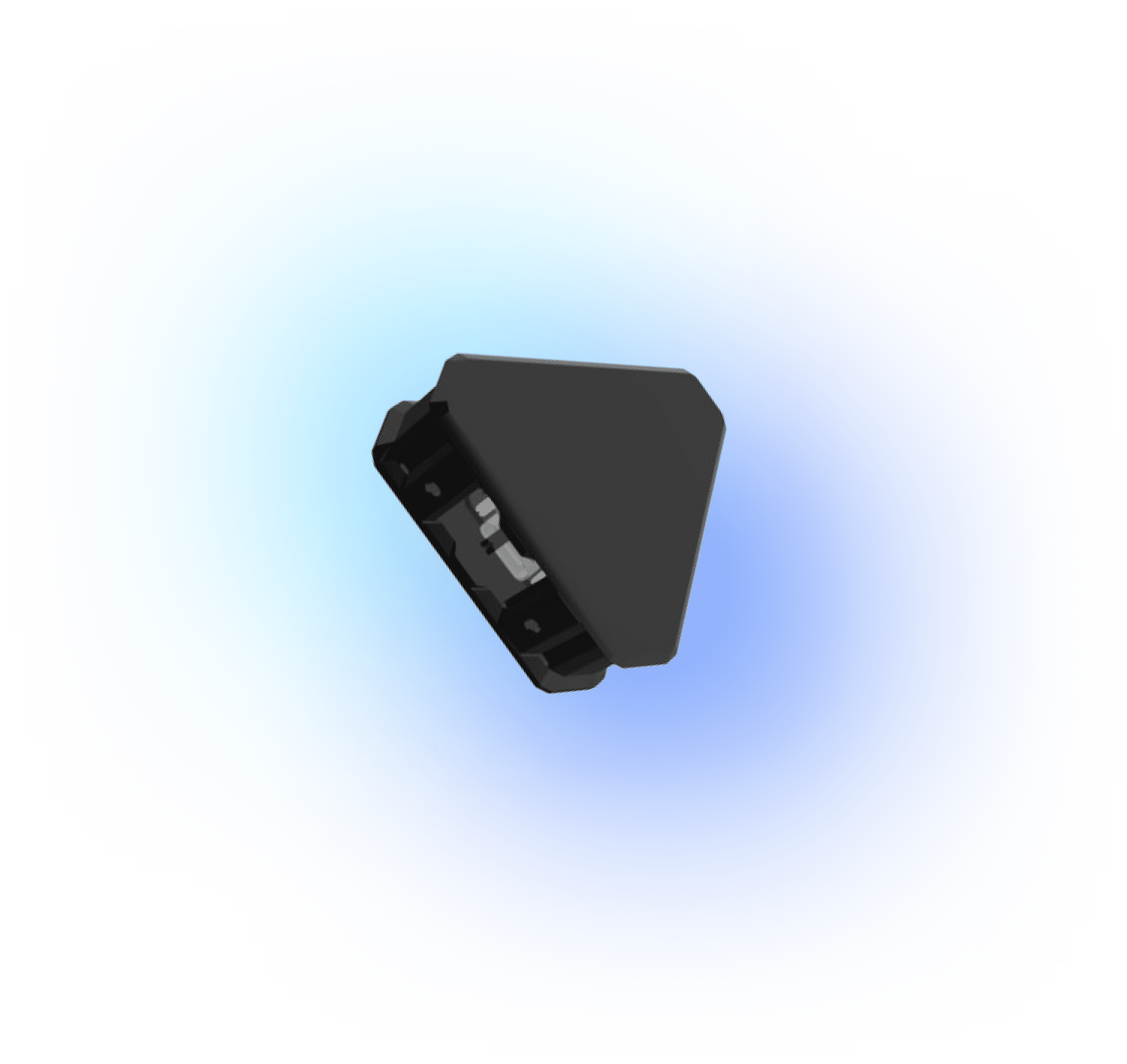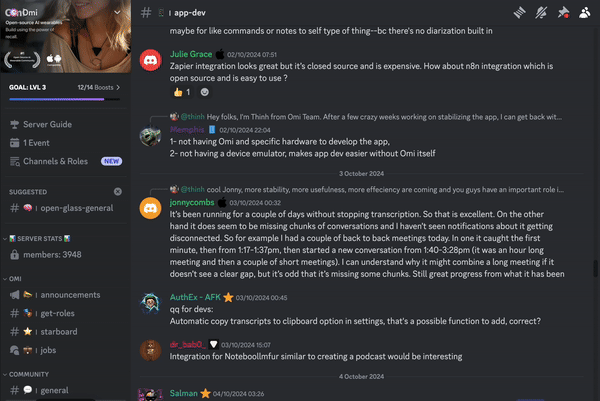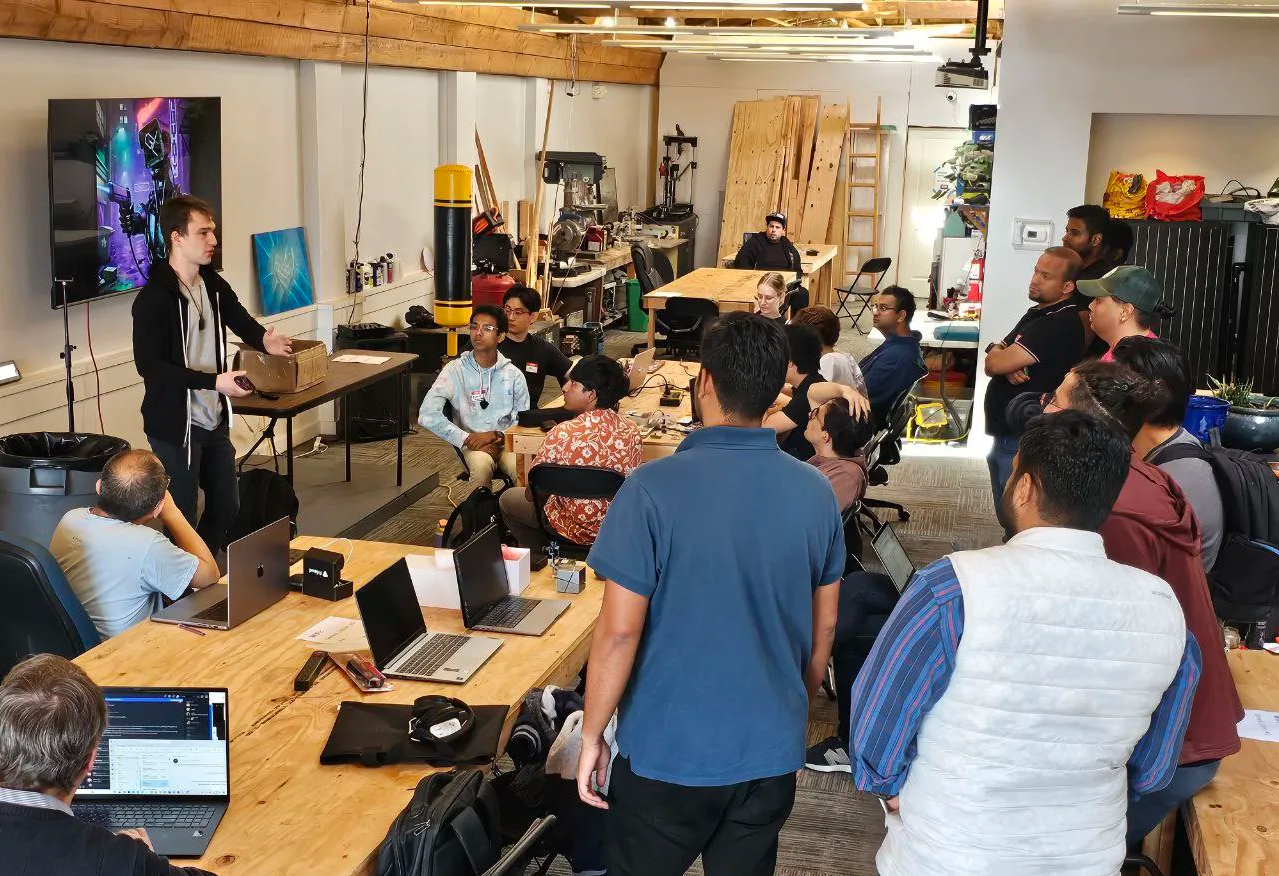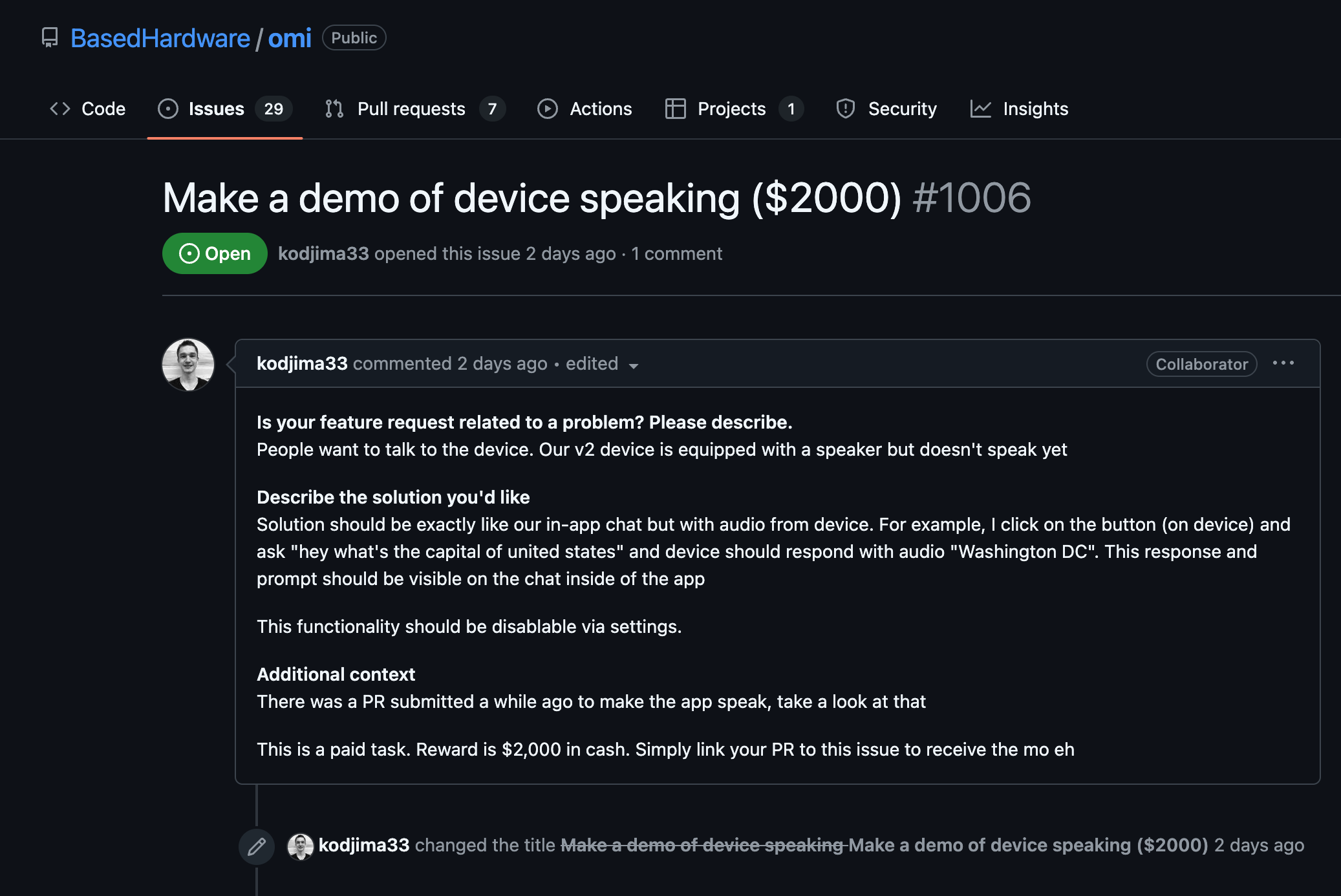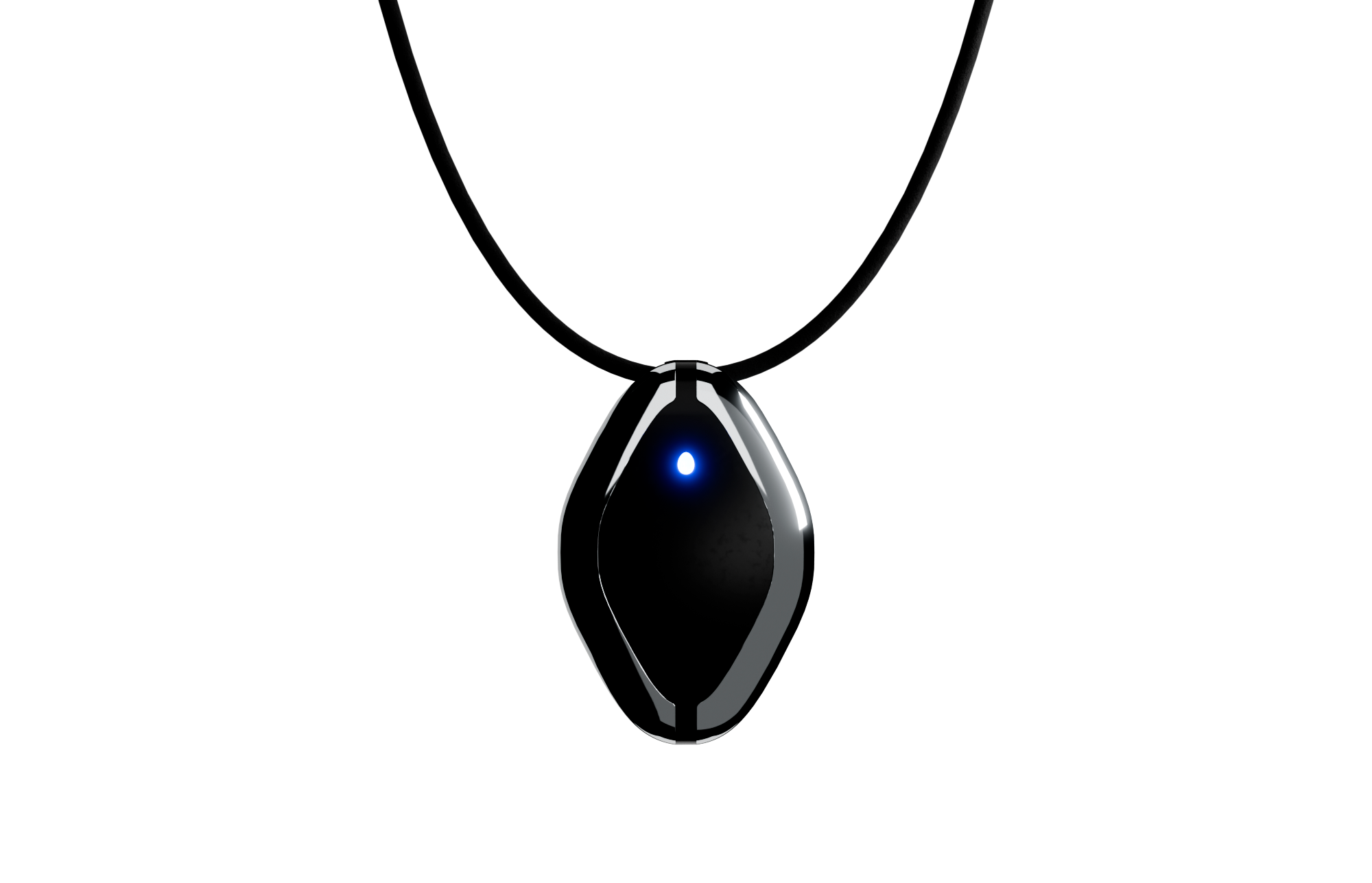Set Up Google Dialogflow
- Visit the Dialogflow console and sign in with a Google account.
- Create a new project or select an existing project in which you want to create your Dialogflow agent.
- Click the "Create Agent" button, provide a name for your agent, and click "Create" to initialize the agent.
Create Intents and Entities
- Navigate to the "Intents" section on the left-hand panel and click "Create Intent" to set up user interaction scenarios.
- Add relevant training phrases, responses, and actions or parameters according to your needs.
- Define entities if needed by clicking on "Entities" in the left panel, and create custom entities for your use cases.
Enable Dialogflow API
- Go to the Google Cloud Console and navigate to “APIs & Services.”
- Click "Enable APIs and Services," search for "Dialogflow API," and enable it for your project.
Generate Service Account Key
- In the Google Cloud Console, navigate to “IAM & Admin” > “Service Accounts.”
- Select your project, create a service account, and assign the “Dialogflow API Client” role to it.
- Generate a JSON key for this service account and download it to your machine. This is necessary for integrating with external applications like Lucidchart.
Set Up Lucidchart API Access (Optional)
- If you plan to extend your integration directly with Lucidchart using APIs, sign up at Lucidchart and gather any necessary API credentials.
Integrate Dialogflow with Lucidchart
- Open Lucidchart and create a new document or access an existing one to arrange your flowchart.
- Use Lucidchart features to visually represent the flow of conversation and logic dictated by your Dialogflow agent.
- Strategically place notes and connections representing intents and entity interactions as designed within Dialogflow.
Automate or Export Dialogflow Logic
- If Lucidchart provides specific integrations or plugins, use them to facilitate linkage with Google Dialogflow. Check the Lucidchart documentation for updated guides or tools.
- Alternatively, download your Dialogflow training phrases and entities, then upload or represent them in Lucidchart to document your voice interaction architecture clearly.
Test and Validate Integration
- Revisit both the Dialogflow console and your Lucidchart document to ensure information alignment.
- Run simulations within Dialogflow to verify if intents and entities operate as expected. Make necessary adjustments on Lucidchart based on test results.
Secure Your Integration
- Check that only authorized users have access to your Google Cloud project and Dialogflow console, ensuring safe handling of any service account keys.
- Consider further securing your Lucidchart documents; ensure sharing settings are appropriate for your collaboration needs.
This guide outlines a robust integration pathway between Google Dialogflow and Lucidchart, allowing you to maintain a visual and functional overview of your conversational AI architecture.
